More on Apparel Posted by Nitya on Apr 20, 2017 in Hindi Language
In the last post, we learned about different kinds of clothes or outfits worn by men in India. Note that it was only a brief list at best. If you had the time to travel the length and breadth of India, and visit small and large towns in the different states, you would find that there is more variety in Indian clothing than can be covered in a blog post.
A reader commented … that it would be even more fascinating to learn about the variety of attire donned during different events in life … festivals, weddings, going to the temple, and so on. Indians like to dress up for different occasions like weddings, festivals, celebrations, etc. At such times they wear fancier, more elegant, versions of their daily wear. These clothes are fashioned from expensive fabric like silk. Almost every state in India has its own traditions in sarees and saree designs.
Women’s Clothing:
Modern wear: Today’s modern generation of women wears skirts, blouses, dresses, and trousers like its counterpart around the world.
Traditional wear: The ubiquitious सलवार-कुर्ता (salwaar-kurta) was once almost exclusively the outfit of women in north and central India. Today, however the सलवार-कुर्ता can be commonly seen throughout India. The tunic or कुर्ता comes in a variety of lengths from short कुर्ता to कुर्ती (kurti) which can be worn over jeans or tights. The कुर्ता can be simple and made of cotton, or more elaborate and made of silk, studded with stones, embroidered, etc.
The सलवार (salwaar) is a loose-fitting baggy pant worn under the कुर्ता. There are different styles of सलवार, including the पटियाला सलवार (Patiala salwaar) which has several pleats and gathers around the hip, giving it a more flared and baggy appearance from the knee up.
The चूड़ीदार-कुर्ता (chudidaar-kurta) is similar, except that the चूड़ीदार is narrow from the knee down, and fits close to the ankle. A चूड़ीदार is mostly worn with a longer कुर्ता.
India is most famous for its simplest and most elegant piece of clothing–the साड़ी (saree). As I mentioned before, the topic of sarees is in itself an exhaustive subject. Sarees are woven in a variety of materials from cool cotton to sheer chiffons and georgettes to traditional silks. साड़ी is worn by young and old alike in a variety of textiles and styles.
Last but not the least, is the घाघरा-चोली (ghaghra-choli) or long skirt with blouse. These are known by different names in different states and have as many different styles to their credit. The घाघरा-चोली is also sometimes known as लहेंगा-चोली (lehenga choli). Traditionally only graced by women in North India, the लहेंगा-चोली has become somewhat of a wedding outfit trend across India.
सलवार कुर्ता, चूड़ीदार कुर्ता, लहेंगा-चोली, घाघरा-चोली … all these outfits are completed with a long scarf or दुपट्टा (dupatta), worn for modesty. A दुपट्टा is also known as चुन्नी (chunni) or ओढ़नी (o-dha-nee).
The picture collage below provides a very brief glimpse into the variety of attire sported by women in India.
|
|
|
|
|
|
||
|
|
|

Build vocabulary, practice pronunciation, and more with Transparent Language Online. Available anytime, anywhere, on any device.



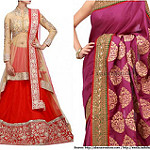
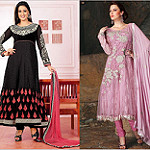

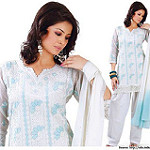
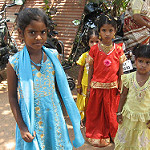
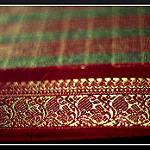
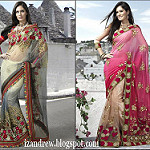
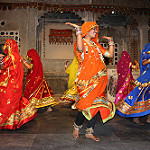
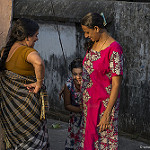

Comments:
Heather:
It seems to me that older women tend to wear saris and younger women tend to wear the salwaar kameez (or kurta). Or perhaps it is that married women wear saris? Is there an unwritten cultural rule for this?
Nitya:
@Heather Hi Heather,
Traditionally, older/married women or older teens wore sarees. But that is a thing of the long gone past. These days, those who wear sarees on a daily basis do so because they are used to it. Of course, the older generation still wears sarees because it is considered a more modest attire. Still, in many smaller and more conservative towns and villages, young women and teenage girls also wear sarees.
As far as the modern youth of today goes, there has been renewed pride and style in wearing a saree. At weddings and celebrations, it is very common to find youngsters wearing sarees. Designers are increasingly catering to this consumer group by offering sarees in a variety of design styles and materials (like the lehenga-style saree, the half and half saree, and so on). To make it easier to wear a saree, you can also find pre-stitched sarees … you just hop into one like you would into a skirt and drape the “pallu” over your shoulder!
In short, no, it’s not just married women or older women who wear sarees. I hope I was able to answer your questions 🙂
Thanks for reading and posting. It’s great to know what questions pop into readers’ minds.
-Nitya